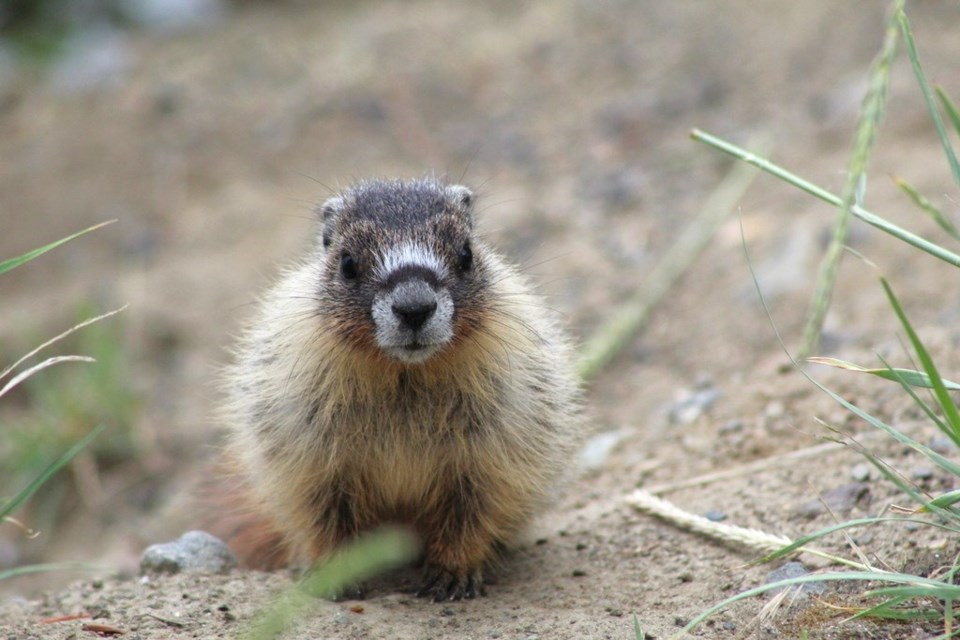Native to B.C. but not to Vancouver, yellow bellied marmots are a common site in some nearby cities like Kamloops, but they're not a resident of the City of Vancouver.
However, in recent months they've been spotted at least once in Mount Pleasant and another time near the Cambie Street Bridge.
Despite the springtime marmot sightings, officials say it's not a sign the large rodents are setting up a colony in Vancouver.
"We have checked with Vancouver Park Board operations staff and they have not sighted yellow bellied marmots in Vancouver Parks. With all urban wildlife, residents are strongly advised to not approach or feed them," writes a City of Vancouver spokesperson to V.I.A.
Critter Care Wildlife Society says they know of a Lower Mainland colony, and that they can be taken to their centre for care.
The province, which keeps track of sightings of the marmots in the Lower Mainland, says they aren't aware of a self-sustaining population in Vancouver.
"In the last few decades two [colonies] have been documented, but they did not persist," writes a spokesperson for the Ministry of Water, Land and Resource Stewardship.
Those that are spotted in Vancouver likely hitched a ride into the city, they add.
"Single animals are often accidentally transported from their native range by stowing away in vehicles, tent trailers, and loads of cargo," they write.
Yellow-bellied marmots do show up in the region from time to time. Earlier this year a "chill" marmot made a home in North Vancouver.
Also known as rockchucks, they're one of the most common species of marmots, also known as ground squirrels, in B.C.; woodchucks are the other common species. Hoary marmots are more common at higher elevations (and gave Whistler its name). Vancouver Island marmots are perhaps the most famous species, but also the least common. Efforts to save them have been covered in the media.



